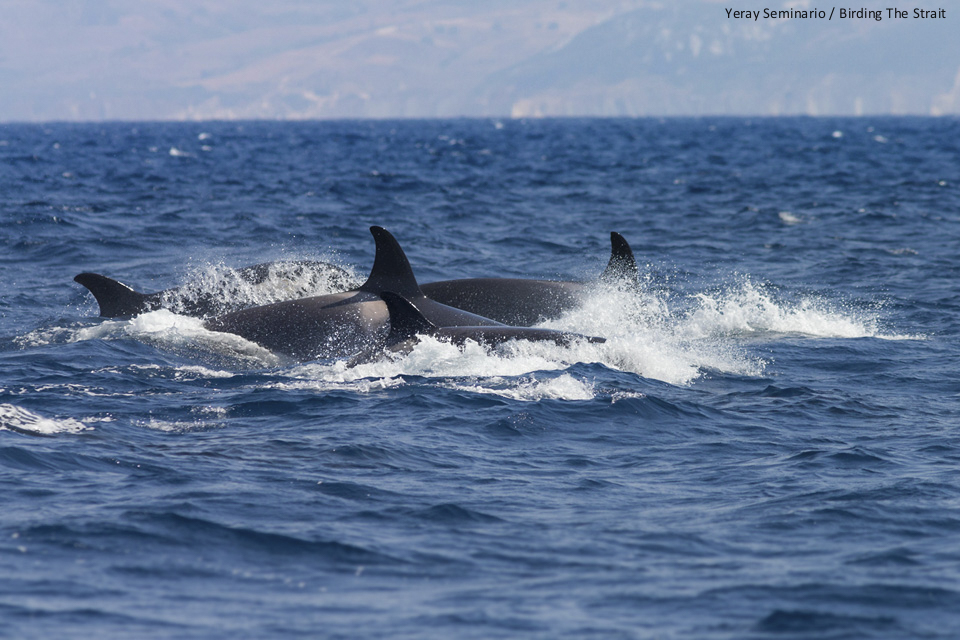
July is not be considered the best time to go birding in the Strait of Gibraltar. However, our recent private tour showed the potential of this region during the summer months. The tour was designed to include the famous hike of “Caminito del Rey”. Also, the main birding hotspots in the provinces in Malaga and Cadiz, southern Spain. We suggested the inclusion of a visit to the vibrant city of Tangier, which ended up being one of the highlights of the trip. Finally, we added a boat trip dedicated to the searching of Orcas off Tarifa.
Day 1 – Guadalhorce Nature Reserve
We started visiting the Guadalhorce Nature Reserve, one of the best birding spots in Malaga, and where we could see some of the specialties, including White-headed Duck. Also, a rare species for the area showed up, a single Marbled Teal was seen. From the beach, we set the scope and scanned the ocean, finding four Common Scoters, which are rare in July in southern Spain.
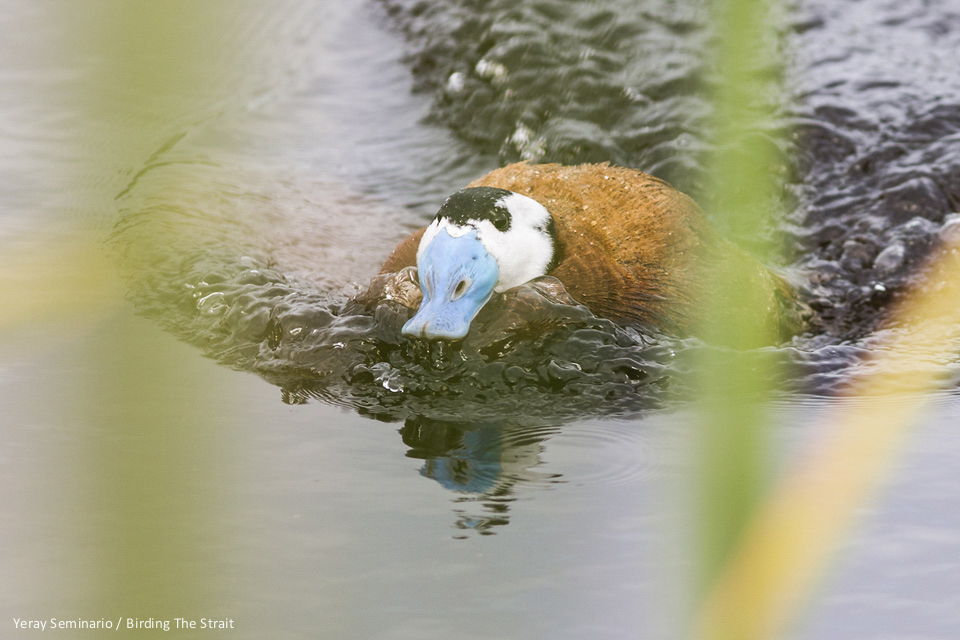
Day 2 – Caminito del Rey
“Caminito del Rey” is a walkway along the steep walls of a narrow gorge, “Desfiladero de Los Gaitanes”, in the province of Malaga. It was known as the “world’s most dangerous walkway” and after serious renovations and added safety measures was opened in 2015, becoming a phenomenal activity in the midst of a protected nature reserve. As we had time before our scheduled walk in el Caminito, we headed to a nearby location that holds an impressive colony of Western Olivaceous Warbler (aka Isabelline Warbler) and added some birds to the list. In addition to the aforementioned Western Olivaceous Warblers, which were very abundant, we saw other species, such as Western Bonelli’s Warbler, Cetti’s Warbler and Spotted Flycatcher.
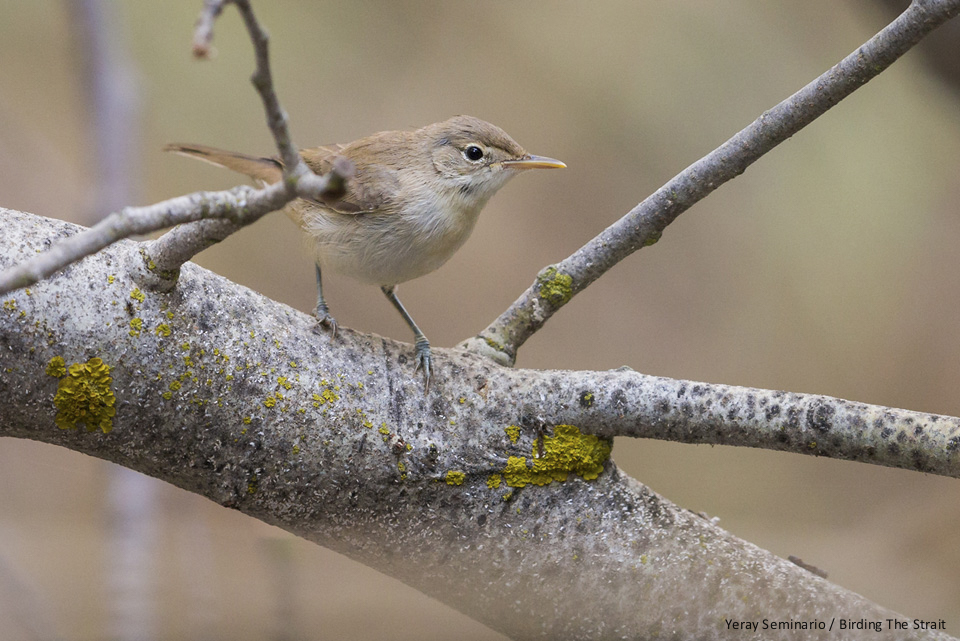
Around noon we started the hike at El Caminito del Rey. The fantastic views along the gorge are certainly impressive and a delight to enthusiast photographers. It also allowed us close views of some cliff-nesting specialists, like the Alpine Swift and the Eurasian Crag Martin. We were very lucky to see an adult Bonelli’s Eagle, as well as a Short-toed Snake-Eagle with a snake in its beak. The Eurasian Griffons are plentiful in the area, and we got to see a Common Kingfisher catching a fish down below the walkway. We enjoyed the walk and had a picnic next to a nice freshwater pond and crossed the impressive last bridge, after which we got to add Iberian Chiffchaff and Eurasian Nuthatch to our list. Our next destination was the charming town of Ronda, where we had a nice walk, saw the impressive Tajo de Ronda and added Red-billed Chough.
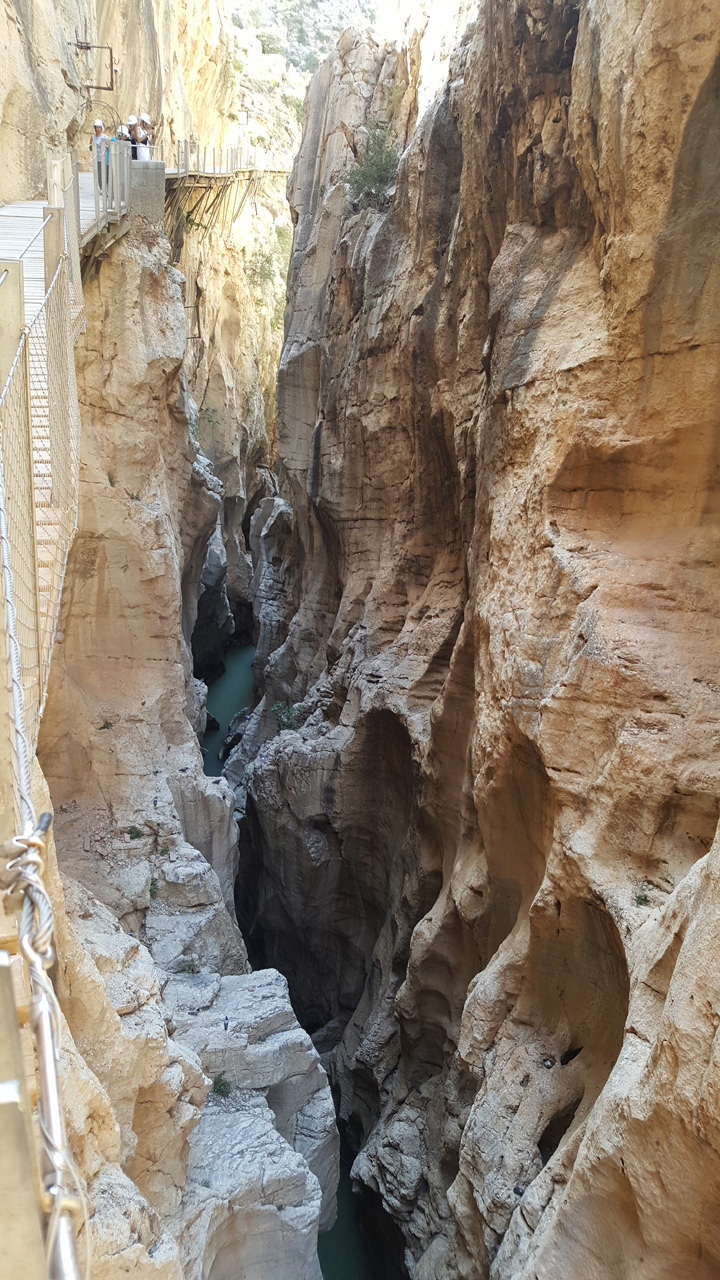
Day 3 – Grazelema Natural Park
We were quite happy after our experience at “Caminito del Rey” from the previous day. However, there was still a lot to see in Grazalema Natural Park! We headed to Llanos de Libar, a spectacular trail among karst. Here, we could see some good birds, including Blue Rock-Thrush, Black Wheatear, Black-eared Wheatear and Rock Petronia. A water spring was the best place to have our picnic lunch, while we observed good numbers of Western Subalpine Warblers, Cirl Buntings and Rock Buntings going down to drink. A bit higher, good numbers of European Bee-eaters and Woodchat Shrikes could be seen too. We then drove towards the province of Cadiz, with a strategic stop at “Valle de Ojén”, a restricted access area with gorgeous Cork Oaks and Algerian Firs, where we could see Firecrest. Nearby, on an open field, a few Lesser Kestrels were feeding.
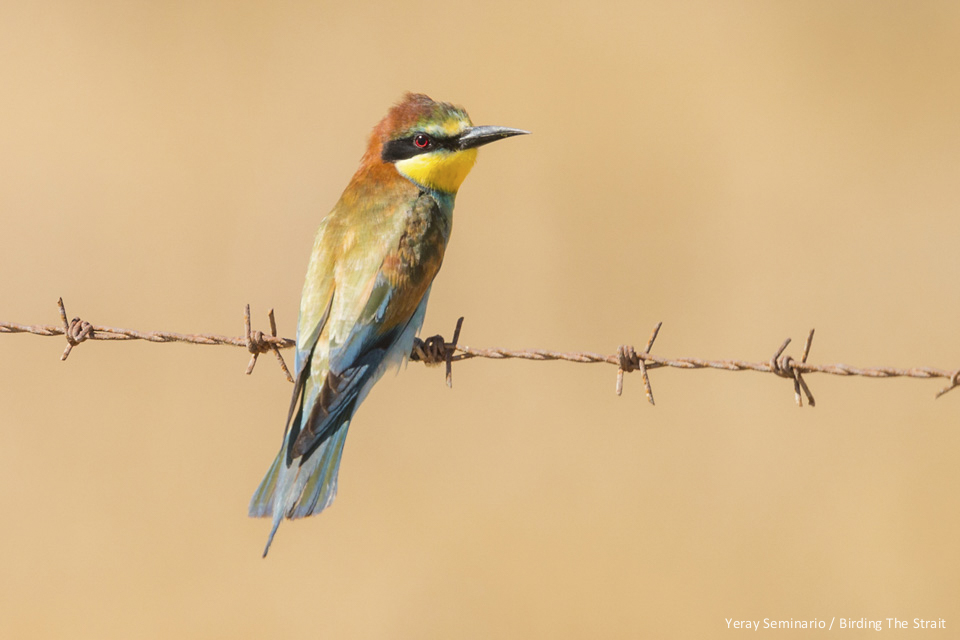
Day 4 – La Janda and the Northern Bald Ibis
We started visiting an open area near Tarifa where we got to see Little Owl, Calandra Lark and Tawny Pipit before going to “La Janda”. This is one of the most popular birding hotspots in Spain, as it holds impressive numbers of raptors most of the year. Our main target here was the Spanish Imperial Eagle, which we got only a few minutes after we started looking in the right place. We drove next to a huge Cattle Egret and Glossy Ibis colony and started looking for the critically endangered Northern Bald Ibis. Luckily, we got to see a small flock of six birds foraging near La Janda. On our way we got to see the Iberian subspecies of the Eurasian Green Woodpecker (ssp. sharpei), which is a good candidate for a future split.
In the afternoon we headed to Tarifa for the whale watching trip. As a dense bank of fog started to surround us when we were in the middle of our way, we had to go back to port and postpone it. However, we got to see Balearic Shearwater, Scopoli’s Shearwater and Northern Gannet as well as Bottlenose Dolphins, so the trip was, in part, a success!
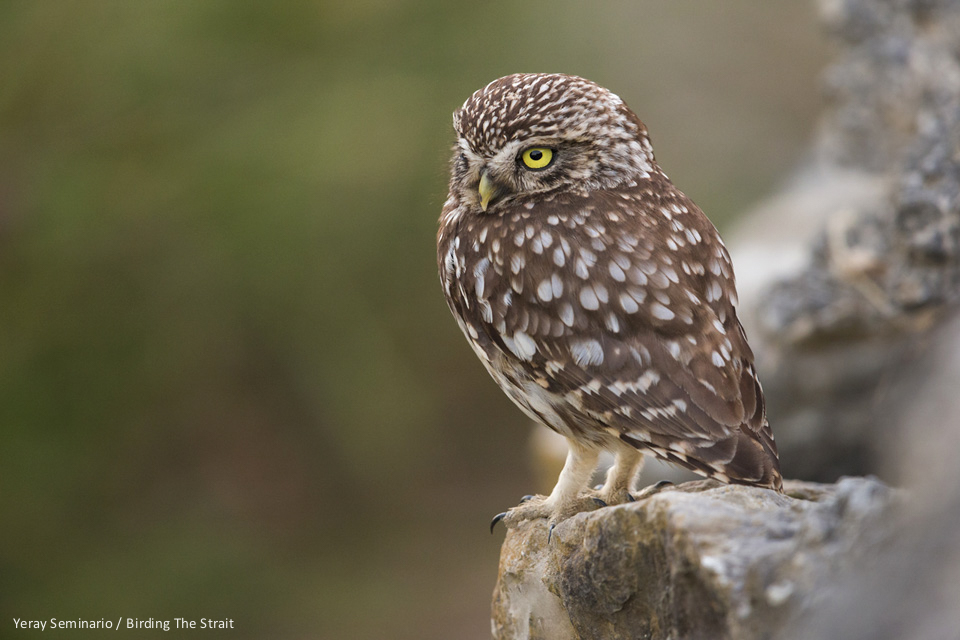
Day 5 – Birding in Doñana
We explored the east part of the Natural Park of Doñana, which it can be very productive birding wise. The first thing we did was to look for the Rufous-tailed Scrub Robin among vineyards. Amazingly, this took us about two minutes as one male started singing in front of us. Shortly afterwards we were by the Guadalquivir River, the only great navigable river in Spain. Here, a good concentration of birds was taking place: dozens of Gull-billed Terns and Slender-billed Gulls, Squacco Herons, Purple Herons and Glossy Ibis, among others.
A bit later, a few Lesser Short-toed Larks were feeding in plain sight, and could be enjoyed with the scope. We also counted up to 30 Marbled Teal, hundreds of Little Egrets, European Spoonbills, Black-tailed Godwits and Whiskered Terns, while two Red Kites flew above us. Shortly afterwards we were photographing White-headed Ducks (up to 28) within a short distance. Then, we drove to the only known colony of Little Swift in Europe. We certainly saw good numbers of these swifts feeding their young.
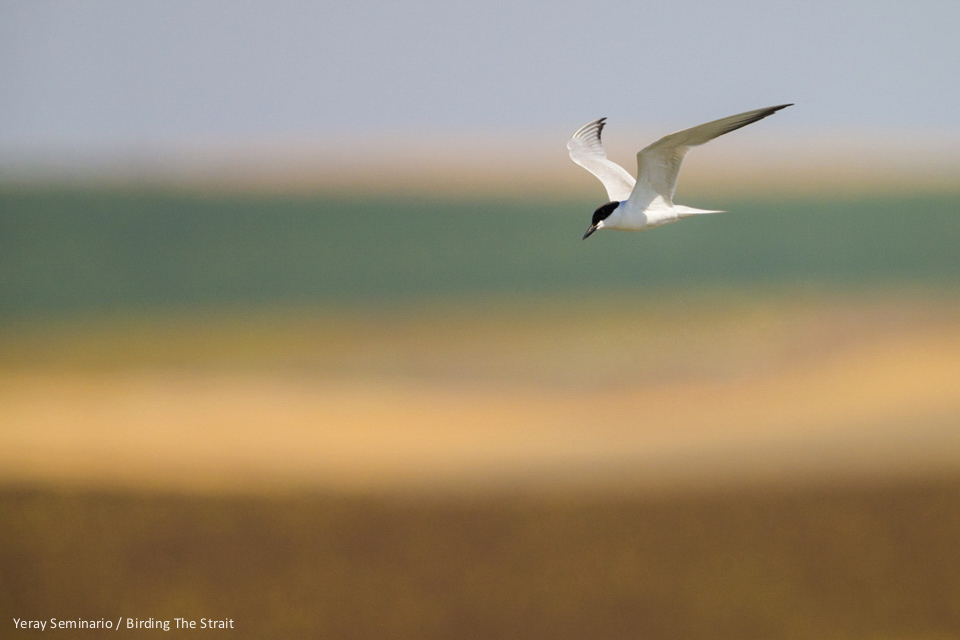
Day 6 – Tangier, cultural immersion
We were going to spend the day in the renowned city of Tangier, in northern Morocco. Tangier is just an hour away from the Spanish coast in a fast ferry. It’s definitely worth a visit, both for the cultural experience and for some of the birds you can find within the city. But before that, we did see another African species in the town of Tarifa, a Common Bulbul. We could find one of the two survivors of a recent colonization attempt into Spain. Surely enough, we would see the bulbul in Tangier, but it was nice to add it to our Spanish list!
Once in Tangier, and before entering the walls of the Medina (old part of the city), we explored a bit of the northwestern coast. Here, we found 9 African Royal Terns, a good number of the species this far north. They were in a flock along with Audouin’s Gulls and Lesser Black-backed Gull. We also saw a young Peregrine Falcon.
The immersion in the Medina was one of the highlights of the trip according to the participants. We walked many of the narrow, photogenic streets, and interacted with vendors. Also, we stopped to get our first views of the House Bunting! We had a traditional Moroccan meal, which was excellent and visited one of the most popular sites to chill: Café Al Hafa. This is a very well known place, where celebrities like Jimmy Hendrix and the Beatles visited during their stay in Tangier. A short excursion to the outskirts of the city produced a single African Blue Tit. After this, we were prepared to take our ferry back to Tarifa. Once in Tarifa we had a fabulous dinner in the most popular restaurant in town.
Day 7 – Whale watching trip and Orcas!
Our last day in Tarifa started with a walk in Los Lances Nature Reserve, where we added Curlew Sandpiper. Then, we headed to La Janda, where we saw a juvenile Great Spotted Cuckoo. There were also good numbers of Spanish Sparrows, and a beautiful Montagu’s Harrier could be seen. A short excursion for a picnic lunch to the mountains provided the best view of Great Spotted Woodpecker we had during the trip. From there, we got superb views of the ancient Roman City of Baelo Claudia.
We still had our last chance with the whalewatching trip and try to see Orcas, our main target. This time the skies were clear and were lucky to find an active pod of Orcas! They were playing, tail slapping and spyhopping! A phenomenal spectacle, with the addition of a few Wilson’s Storm-Petrels, considered to be rare in these waters. They surely were following the orcas in order to get some Bluefin Tuna leftovers. This was the best possible way to end our tour!
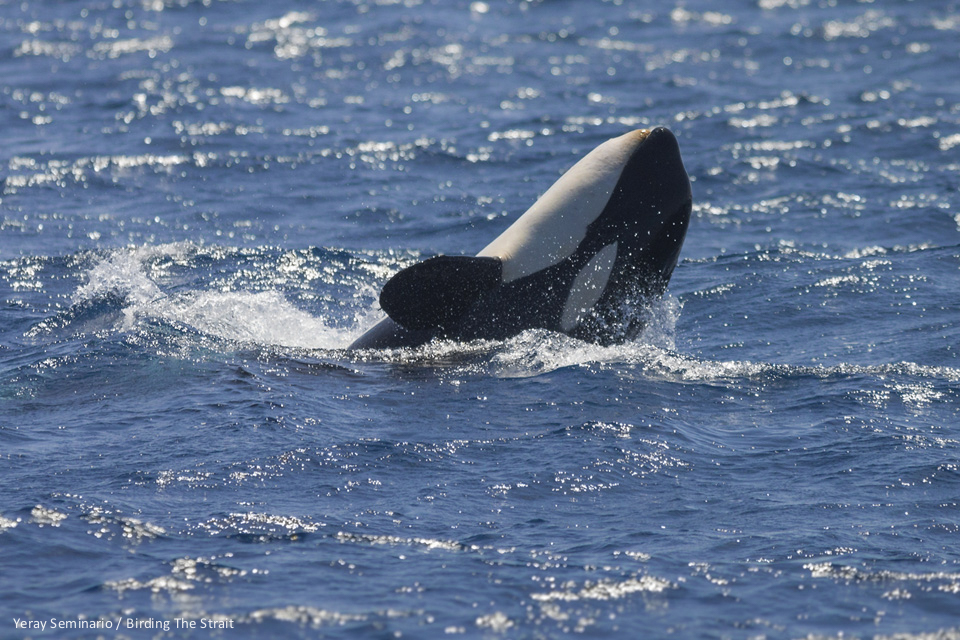
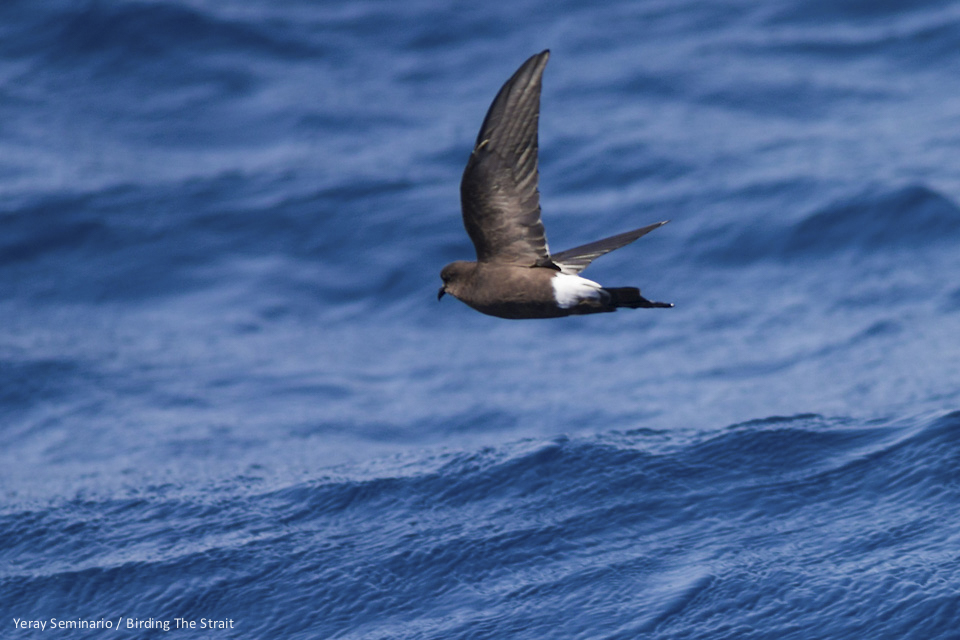
The feedback from the participants and our own experience tell us that this was a great tour. A combination of birding, whalewatching, culture and history can make for a fantastic vacation trip during the summer months. The hike at “Caminito del Rey” was an absolute highlight, but also the cultural visit to Tangier. The birding was great, specially if you consider it was on the “slow” birding season. Overall, a fun, successful trip!
If you want to escape from the masses and make a similar trip, don’t hesitate to contact us!